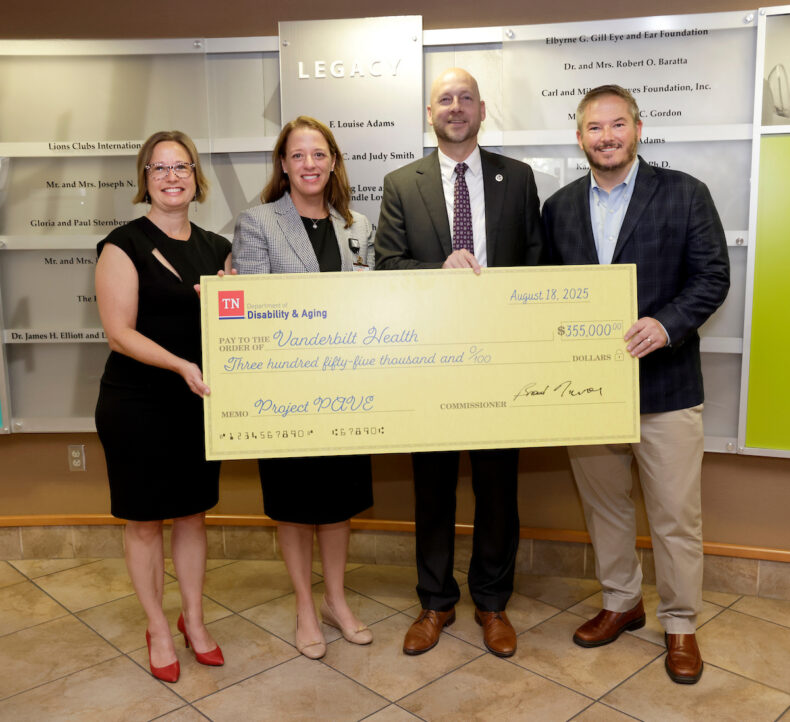The rates of myopia, or nearsightedness, in pediatric patients have steadily increased with little to no change in treatment, which, for decades, has had ophthalmologists and optometrists turning to corrective lenses for improved vision.
Lori Ann Kehler, OD, assistant professor of Ophthalmology at Vanderbilt, hopes that will change.
In the first study of its kind in children, Kehler and her colleagues at the Vanderbilt Eye Institute will conduct a trial to study the effectiveness of atropine drops in slowing the progression of myopia.
“There is a lot of interest in this particular study. If using these drops works, it will completely change our practice and the ability to impact a child’s vision for their lifetime,” said Kehler, division chief of Optometry at Vanderbilt.
“Myopia is present in about 40 percent of the U.S. population,” she said. “And it is rapidly increasing around the world. The typical course of nearsightedness is it will worsen as the child ages and all we can really offer is a prescription for stronger lenses. There has been nothing that can stop the progression of myopia.”
VEI is one of 10 sites selected by the Pediatric Eye Disease Investigator Group (PEDIG) to participate in a randomized, controlled trial to slow myopia progression in children. Vanderbilt is the only center in the state enrolling patients.
The trial, MTS1- Low-Dose Atropine for Prevention of Myopia, is set to begin this month and is funded by the National Eye Institute.
Kehler said the U.S. trial is based on the positive outcomes of recent studies, which determined that atropine eye drops decreased the progression of myopia in Asia.
Atropine 1 percent drops have been used safely in children for many years for the treatment of amblyopia (lazy eye) in children. This particular study will use a dose that is 100 times weaker, said Kehler.
“In the Asian studies, the use of a lower dose was effective in slowing the progression of myopia. It was a totally unexpected result and gives us a lot of enthusiasm for its success as an option for treatment.”
The two-year trial will enroll 186 patients across all 10 sites.
Patients will be randomized to receive either a placebo dose or the .01 percent atropine drops in both eyes daily for 24 months.
Possible candidates for the study include patients from 5-12 years old with low to moderate myopia, no previous use of bifocals or hard contact lenses, born after 32 weeks gestation and a willingness to return for eye exams every six months to measure the axial length of the eye.
“This treatment is not a cure for myopia,” cautioned Kehler. “Children are still going to be nearsighted, but the ultimate goal is to provide a therapy to control or slow the progression of the disease.”

















